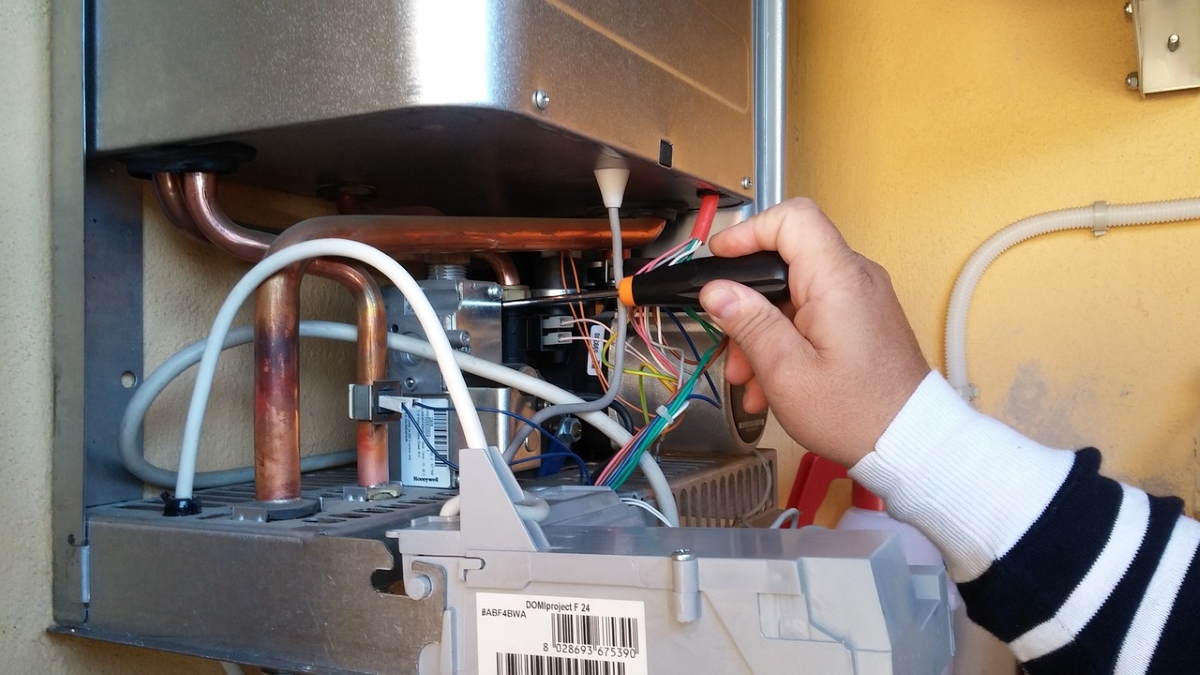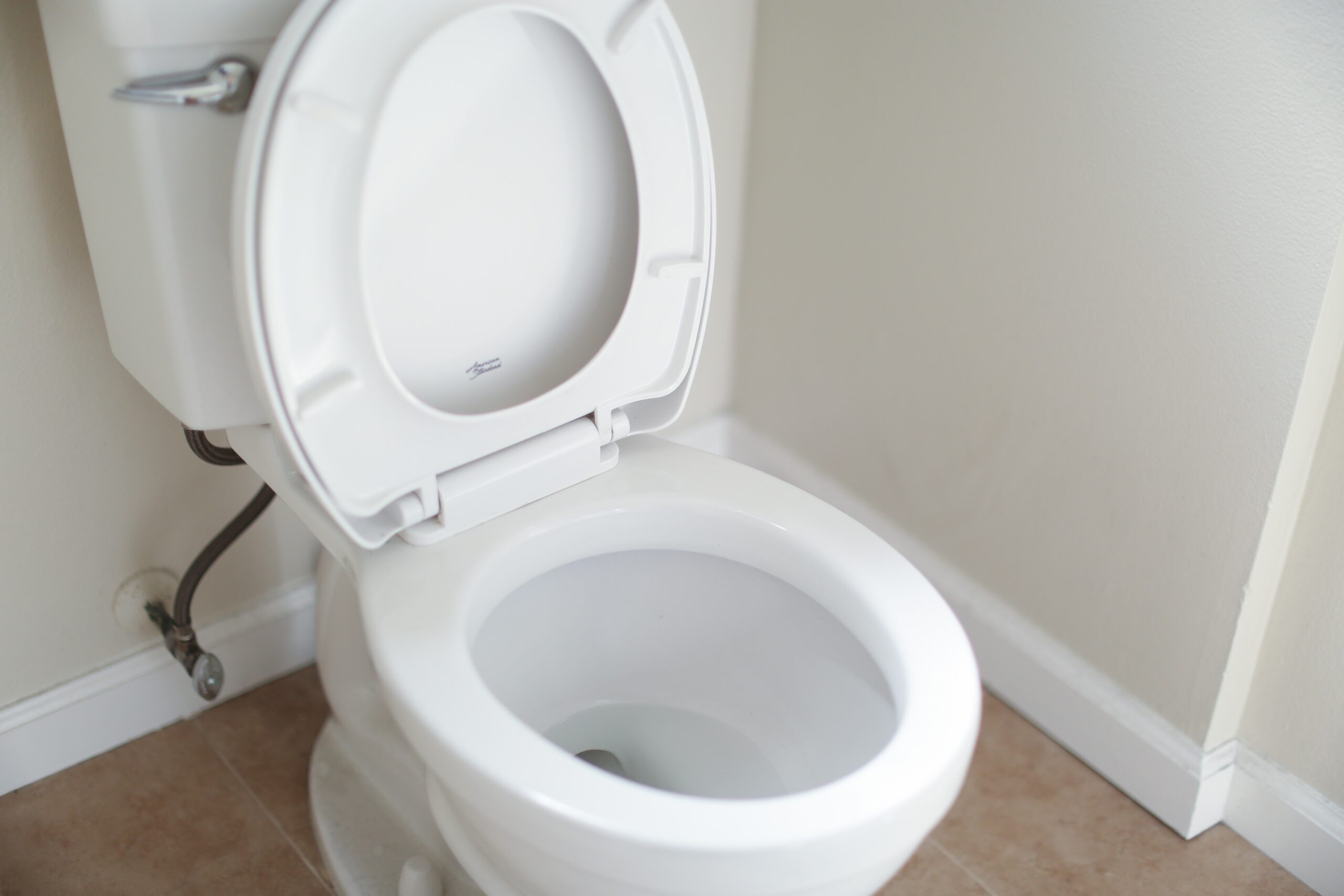It is a legal requirement to ensure your electrical appliances are routinely tested. Under the current Health and Safety regulations, you must regularly maintain your equipment to prevent the risk of danger to those using it. The testing frequency differs depending on the type of appliance and how frequently it gets used.
What Exactly Is a PAT Test?
PAT testing stands for ‘Portable Appliance Testing’. It refers to the routine inspection and testing of portable devices to ensure they are safe to use. Regular PAT testing is one of the key ways to avoid electrical accidents. It is a crucial factor in keeping your employees safe.
For an appliance to be deemed ‘safe’, they need to undergo a visual survey followed by a more thorough inspection. Once your appliances have been tested, they will be marked as either a pass or fail. A record will then be made stating the date of the test and its outcome.
Which Appliances Require PAT Testing?
A portable appliance typically weighs around 18kg or less and has a remote power supply. These are often handheld devices such as chainsaws, electric drills, and vacuum cleaners. Even though the term ‘Portable Appliance Testing’ implies it is only for portable devices, it covers an even broader range of electrical appliances.
You can conduct a PAT test on fixed machines, wires and cables, IT equipment, and portable devices. Under the current PAT legislation, testing should be carried out on any equipment that has to be plugged into an electrical outlet or has a plug attached to it.
How Often should My Appliances Be Tested
IT is recommended that you carry out checks frequently enough to limit the risk of it becoming unsafe to work with. If you find some equipment is more prone to faults than others, then these need to be a priority and checked on a more regular basis.
The person surveying your electrical appliances must have a comprehensive understanding of that particular equipment. It is no use having your test carried out by somebody who does not fully understand how your machinery works or the faults it is prone to. You must ensure a highly experienced and qualified individual carries out your testing. Kiasu’s team can provide the best PAT testing in London and the surrounding area.
Whose Responsibility Is It To Arrange Appliance Testing?
When it comes to PAT testing, the responsibility is yours. The law states that anyone who owns electrical appliances for use by other people needs to ensure they are regularly tested and certified safe for use. This includes all employers, landlords, and even those who are self-employed.
PAT testing is not compulsory, but the law states that any employer must maintain their electrical equipment and keep it in complete working order. There is no specification for how this should be done, only that it must. If an employee or a tenant were to use a device and sustain an injury due to an electrical fault, you would be liable if you had not performed regular checks.
Electrical faults are unavoidable, but arranging for thorough and regular testing can improve the safety and reliability of your appliances. Because you must prioritise the health and safety of your employees, it is highly beneficial to use a certified PAT testing service.
Kiasu can identify any signs of appliance damage and test switches and fuses. We will also inspect the condition of live wires and conduct complete visual inspections. We will carry out all checks efficiently and discreetly so you can carry on with work as usual.
Contact our London-based team for more information and arrange your consultati




